Over the last decade and a half, America’s urban landscape has undergone incredible transformations. Once-familiar skylines have been reimagined, aging industrial zones replaced by modern districts, and long-neglected downtowns revitalized into vibrant hubs of art, tech, and culture. These changes reflect how cities evolve with the times, balancing history with innovation, tradition with progress. Whether through population growth, economic revival, or ambitious development projects, these ten U.S. cities have changed so dramatically that even lifelong residents might struggle to recognize them today. Here’s a look at the remarkable evolution of America’s most transformed cities over the past 15 years.
1. Detroit, Michigan
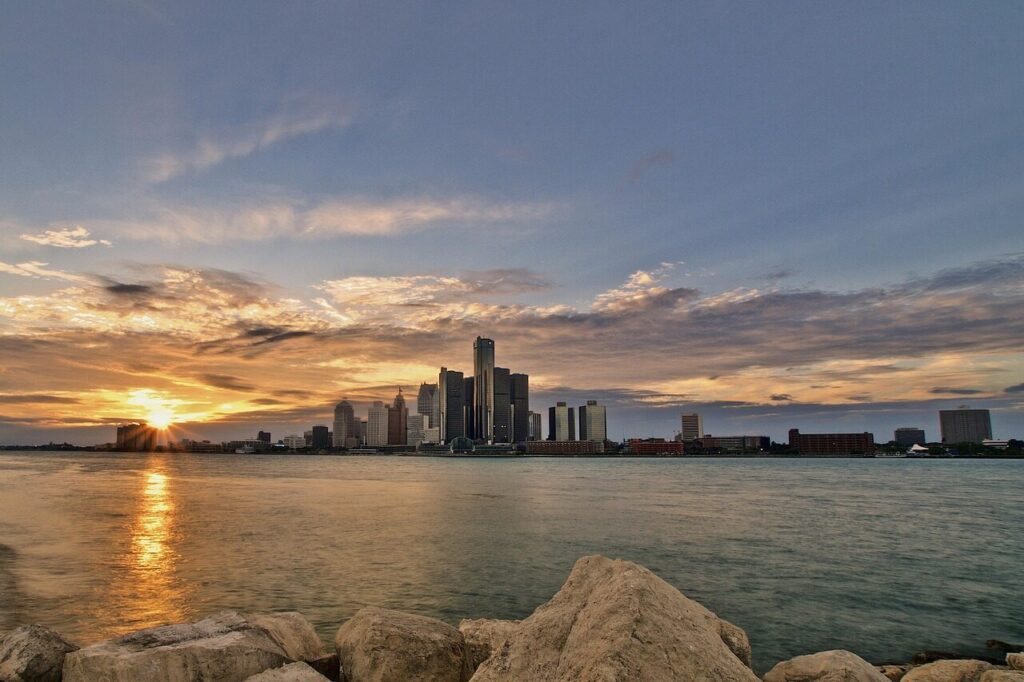
Detroit has experienced one of the most inspiring urban comebacks in recent American history. Once struggling with economic decline and population loss, the city has transformed its downtown with new businesses, parks, and public art spaces. The revitalization of the riverfront and the addition of modern developments such as Little Caesars Arena have redefined its skyline. Entrepreneurs and creatives have returned, breathing new life into historic neighborhoods. While challenges remain, Detroit’s renewed energy and investment have turned it into a symbol of resilience and reinvention that few would have predicted fifteen years ago.
2. Seattle, Washington
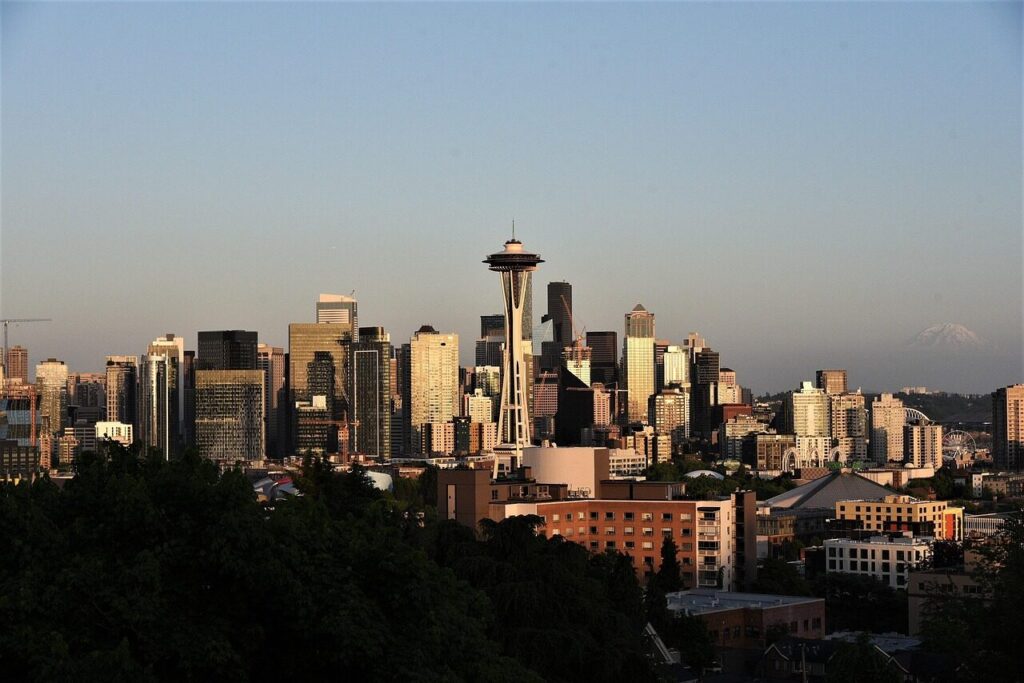
Seattle’s skyline has evolved dramatically over the last 15 years, shaped by its thriving tech industry and booming population. Once dominated by the Space Needle, the city now features towering glass skyscrapers housing major tech giants and startups alike. Neighborhoods like South Lake Union have become bustling innovation hubs, while transportation improvements have connected the city more efficiently than ever before. Despite challenges related to affordability, Seattle’s evolution reflects its shift from a laid-back coastal city to a modern metropolis known for its energy, diversity, and cutting-edge culture that continues to grow each year.
3. Kansas City, Missouri
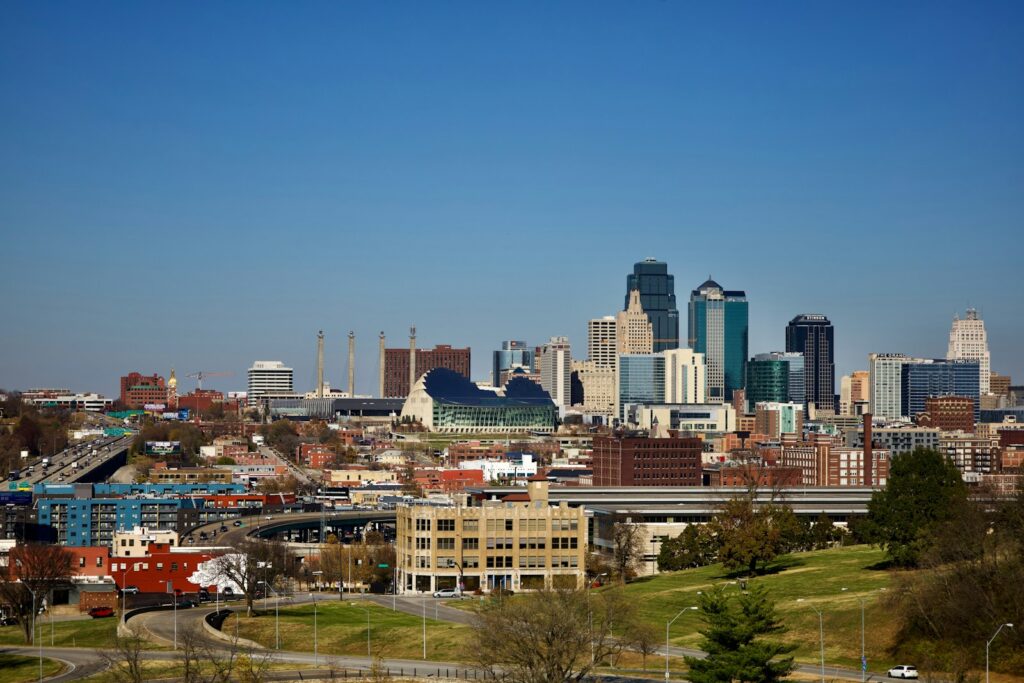
Fifteen years ago, Kansas City’s downtown was far quieter than it is today. Massive revitalization projects, including the Power & Light District and the expansion of streetcar lines, have completely transformed its urban core. Old warehouses have become restaurants, hotels, and entertainment venues, while local art and music thrive once again. Investments in sports and cultural facilities have drawn in new visitors, giving the city a vibrant new pulse. Kansas City’s transformation proves how strategic planning and community pride can reshape a once-sleepy downtown into one of the Midwest’s most dynamic urban destinations.
4. Portland, Oregon
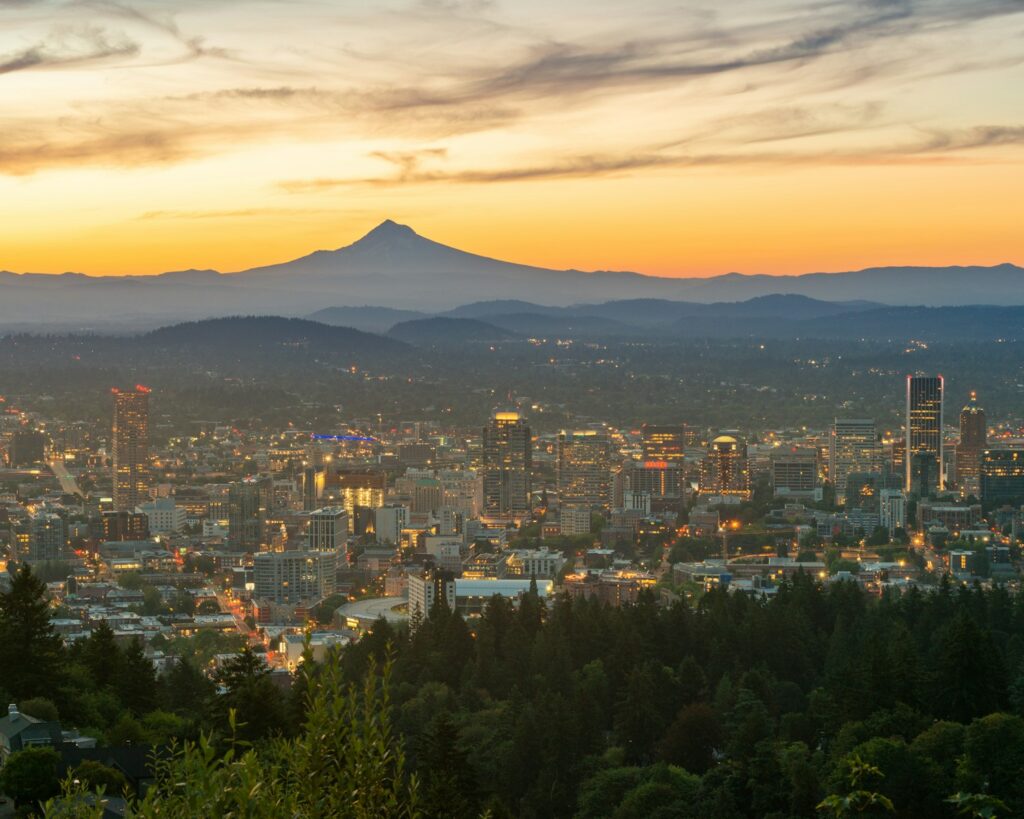
Portland’s identity has shifted noticeably in the past 15 years as growth and urban expansion have changed its once-small-town atmosphere. Once known for its indie charm and quirky vibe, the city now faces rapid development with modern high-rises and dense housing projects. Public transportation expansions and sustainability efforts have kept Portland’s green image intact, even amid major growth. The Pearl District and East Portland showcase the city’s balance between preserving historic character and embracing modern innovation. Though not without growing pains, Portland remains a forward-thinking city evolving alongside its creative and environmentally conscious residents.
5. Denver, Colorado
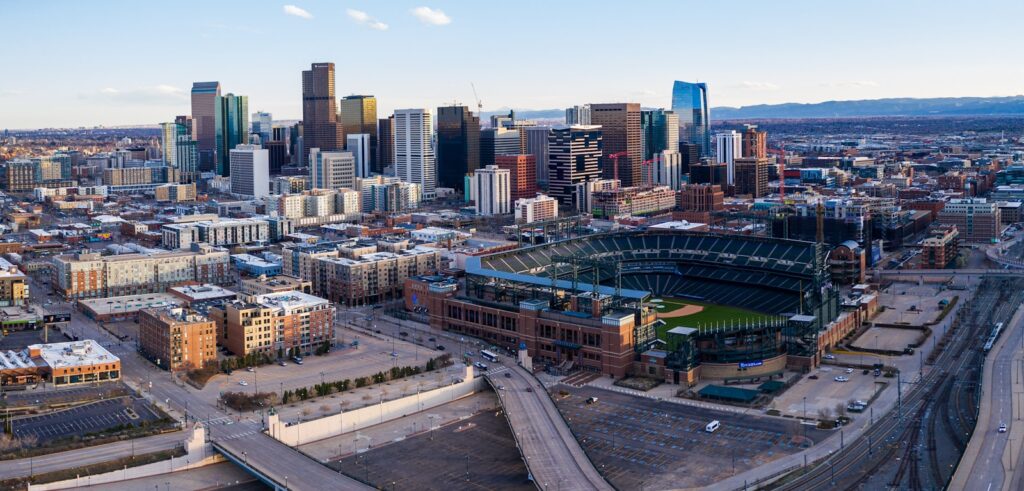
Denver’s skyline has grown taller and more modern, reflecting its evolution from a gateway to the Rockies into a bustling economic powerhouse. The city’s population boom has driven demand for sleek apartments, co-working spaces, and mixed-use developments that now dominate its downtown. Fifteen years ago, Denver’s charm lay in its outdoor culture, but today it also thrives as a tech and business hub with global appeal. Infrastructure improvements and expanding light-rail networks have connected communities, while its food and arts scene have flourished. Denver now stands as one of America’s most livable and progressive metropolitan centers.
6. Austin, Texas

Austin has transformed from a relaxed college town into one of the fastest-growing tech cities in the United States. Fifteen years ago, the skyline was modest, but now gleaming towers dominate the horizon. With major tech companies establishing headquarters and a growing influx of young professionals, Austin’s culture continues to evolve while maintaining its creative roots. The city’s infrastructure has expanded to accommodate rapid growth, and entertainment districts like South Congress and Rainey Street have flourished. Despite growing pains, Austin has managed to balance innovation and individuality, redefining itself as the heart of Texas’s modern urban life.
7. New Orleans, Louisiana
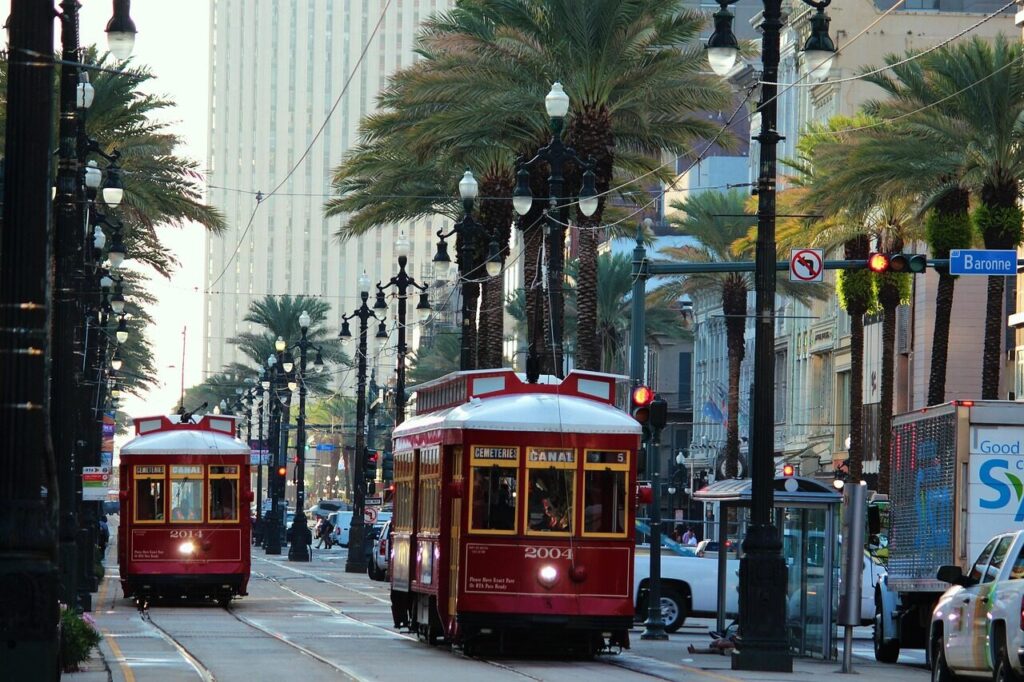
New Orleans has experienced profound change since the mid-2000s, driven by rebuilding efforts and cultural resurgence after years of recovery. Once marked by devastation, the city now shows resilience through renovated neighborhoods, improved levee systems, and an influx of new residents. Its music, food, and architecture remain iconic, but modern developments and infrastructure upgrades have reshaped its appearance. The downtown and riverfront have seen renewed investment, creating new opportunities while maintaining the city’s soulful character. Fifteen years later, New Orleans stands as a powerful example of rebirth, preserving its heritage while embracing sustainable and community-driven growth.
8. Baltimore, Maryland
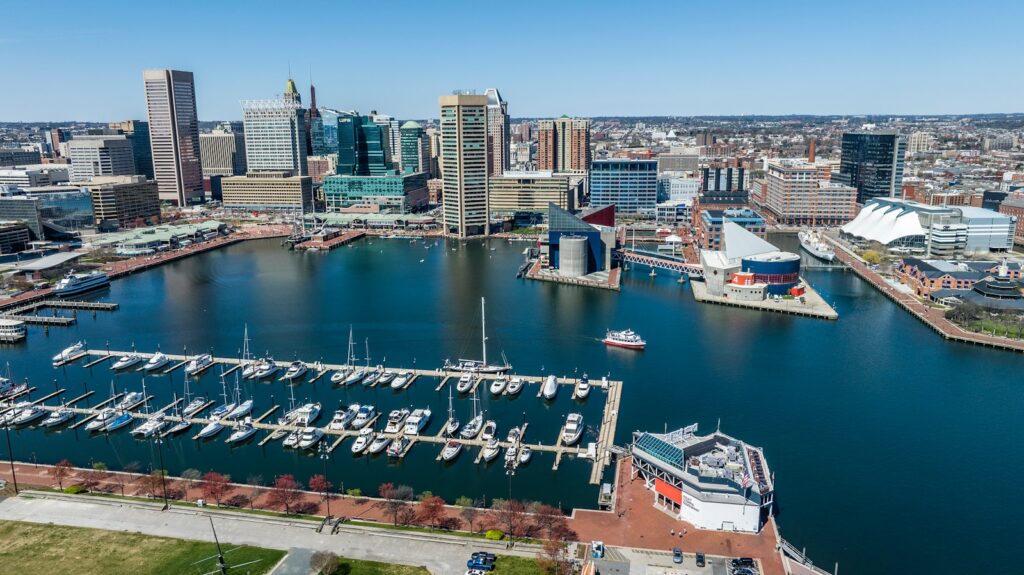
Baltimore has undergone significant revitalization, especially around its Inner Harbor and downtown districts. Over the past 15 years, once-declining industrial areas have transformed into vibrant spaces for arts, dining, and innovation. Developments like Harbor East and Port Covington have redefined the city’s economy and appearance. While the city continues to address issues of inequality and housing, the investment in waterfront restoration and new green spaces has given Baltimore new energy. With its mix of historic architecture and modern infrastructure, Baltimore is emerging as a revitalized cultural center balancing progress and preservation in thoughtful ways.
9. Louisville, Kentucky
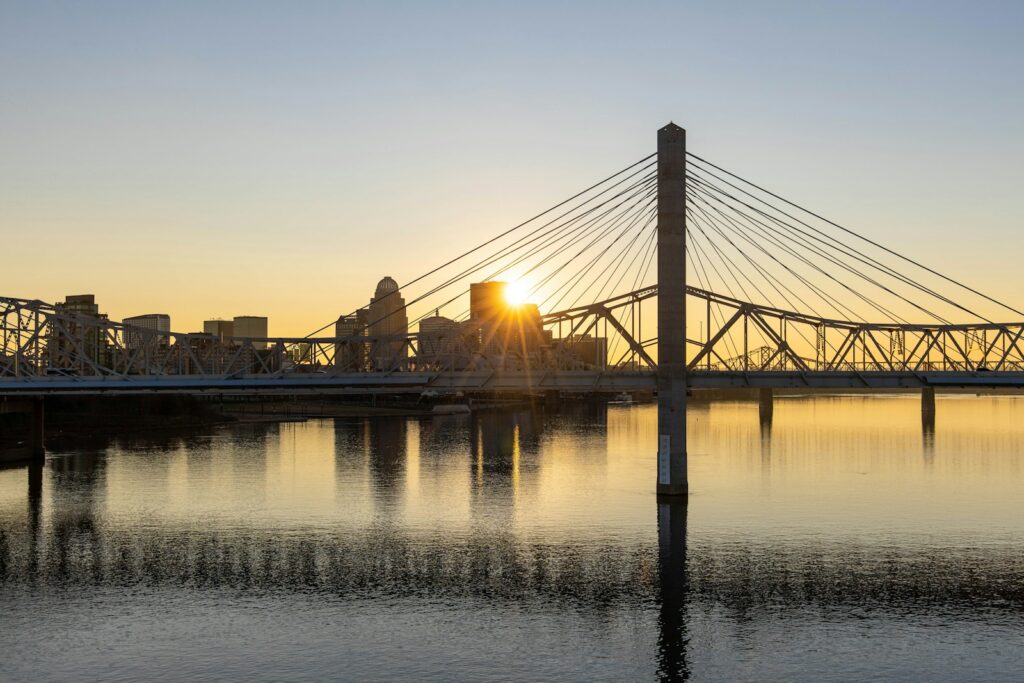
Louisville has embraced change with a focus on cultural renewal and urban revitalization. Over the past fifteen years, its downtown has flourished with new hotels, riverfront developments, and expanded entertainment venues. The city’s old industrial buildings have been repurposed into stylish lofts and restaurants, attracting both residents and tourists. The Waterfront Park expansion and the resurgence of the bourbon industry have brought new life to the city’s economy. Louisville’s transformation celebrates its southern charm while fostering innovation, making it a thriving destination that bridges tradition with contemporary growth across its evolving neighborhoods.
10. Oklahoma City, Oklahoma
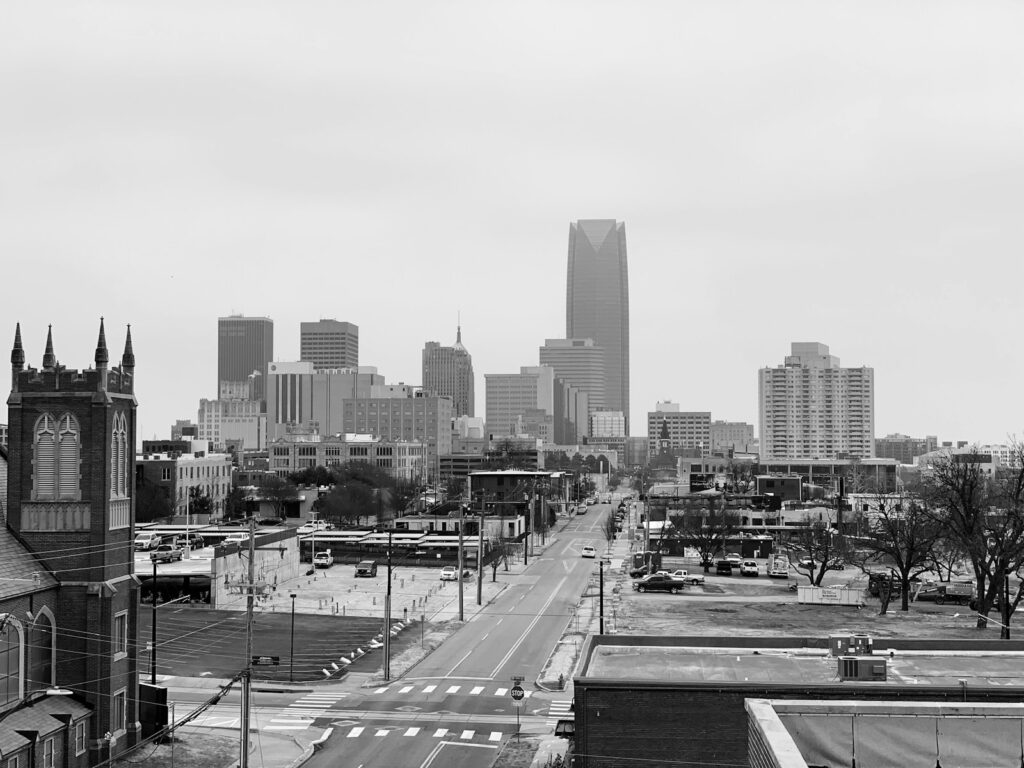
Oklahoma City has experienced one of the most remarkable urban transformations in recent history. Once considered quiet and slow-paced, it now features a modern skyline, revitalized Bricktown district, and expanded infrastructure. Major public investments through initiatives like MAPS have created new parks, convention centers, and cultural venues that attract visitors from across the region. The city has also diversified its economy beyond energy, welcoming industries in technology, aviation, and healthcare. Over the past fifteen years, Oklahoma City has redefined itself as a growing, family-friendly metropolis that blends community warmth with forward-looking urban innovation.
Comments